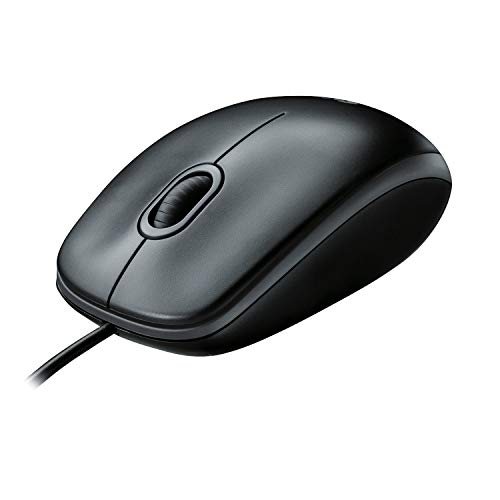Types of Computer Memory
Computer memory refers to the storage space where data and instructions are stored for use by the computer processor. There are different types of computer memory, each with its own characteristics and uses. In this article, we will explore the different types of computer memory and their roles in a computer system.
Random Access Memory (RAM)
Random Access Memory, or RAM, is a volatile type of computer memory that stores data and instructions that are actively being used by the computer. It provides temporary storage for data that the processor needs to access quickly. RAM is a key component in determining a computer’s performance, as it affects how many applications and processes the computer can handle simultaneously. The more RAM a computer has, the more data it can store and access at any given time. However, RAM is volatile, meaning it loses its contents when the computer is powered off or restarted.
Read-Only Memory (ROM)
Read-Only Memory, or ROM, is a non-volatile type of computer memory that stores permanent data and instructions. As the name suggests, the data stored in ROM cannot be modified or erased by normal computer operations. ROM contains firmware or software instructions that are vital for the computer’s initial start-up and operation. Examples of firmware stored in ROM include the computer’s BIOS (Basic Input/Output System) and other firmware used by peripherals such as network cards and graphics cards.
Cache Memory
Cache memory is a small and fast type of computer memory that stores frequently accessed data and instructions from the RAM. It is located closer to the processor, allowing for faster retrieval of data compared to accessing data directly from RAM. Cache memory helps improve a computer’s overall performance by reducing the time it takes for the processor to fetch data from the slower RAM. There are different levels of cache memory, such as L1, L2, and L3 cache, with each level providing varying degrees of speed and size.
Virtual Memory
Virtual memory is a memory management technique that allows the computer to compensate for the physical limitations of RAM. It uses a portion of the computer’s hard drive or SSD (Solid State Drive) as an extension of RAM. When the RAM is full and needs more space to store data, the operating system transfers some of the less frequently used data from RAM to the virtual memory. This frees up space in RAM for the more important data and helps prevent the computer from running out of memory. However, accessing data from virtual memory is slower compared to accessing data from RAM, as it involves accessing the hard drive or SSD, which are much slower than RAM.
Flash Memory
Flash memory is a non-volatile type of computer memory that is commonly used in devices such as USB drives, solid-state drives (SSD), and memory cards. It is a type of EEPROM (Electrically Erasable Programmable Read-Only Memory) that can be electrically erased and reprogrammed. Flash memory offers high-density storage, fast access times, and low power consumption, making it an ideal choice for portable electronic devices. It is used to store firmware, operating systems, and user data. Flash memory is also commonly used in smartphones, tablets, and digital cameras.






